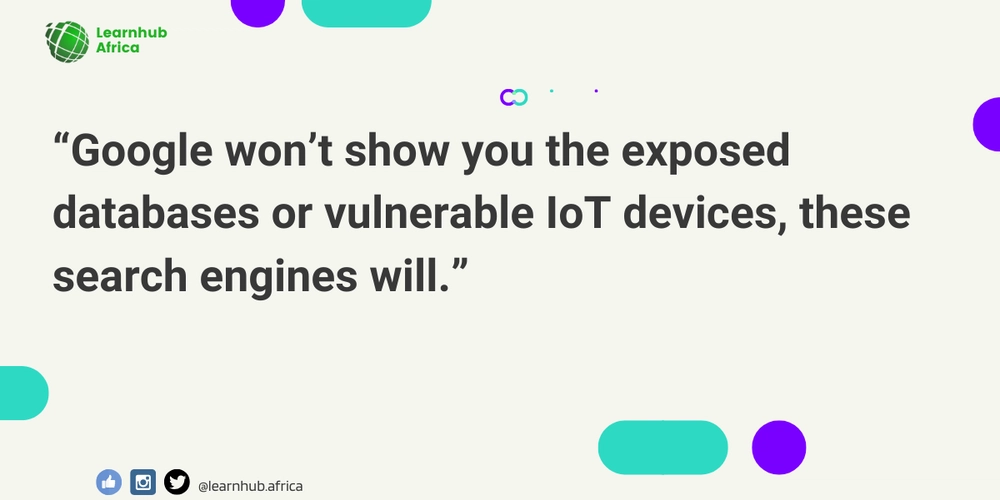HarmonyOS Next Memory Management Art—Full-link Optimization from Allocation to Recycling
This article aims to deeply explore the technical details of Huawei HarmonyOS Next system and summarize them based on actual development practices. Mainly used as a carrier of technology sharing and communication, it is inevitable to miss mistakes. All colleagues are welcome to put forward valuable opinions and questions in order to make common progress. This article is original content, and any form of reprinting must indicate the source and original author. Memory management is like urban traffic planning - poor design can cause the system to fall into a "congestion".In the smart cockpit project of HarmonyOS Next, we reduced the OOM incidence to zero through full-link memory optimization of Cangjie language.Below we share the practical essence of this memory management system. 1. Distributor design philosophy 1.1 Graded Memory Pool Policy graph TB A[Assignment Request] --> B{size ≤ 64B?} B -->|Yes| C[tiny object pool] B -->|No| D{size ≤ 4KB?} D -->|Yes|E[General object pool] D -->|No| F[Direct allocation of large memory] Performance comparison (assignment operation): | Allocation Type | Average Time (ns) | Fragment Rate | |--------------|-------------|--------| | Traditional malloc | 85 | 15% | | Cangjie Distributor | 12 | 3% | 1.2 Thread local cache class ThreadCache { @ThreadLocal // Each thread is independent of instance static var instance: ThreadCache var tinyBlocks: [SizeClass: FreeList] } // Use example let buffer = ThreadCache.instance.alloc(size: 32) Optimization effect: Thread competition reduced by 90% The allocation path is shortened from 17 instructions to 5 In the vehicle system, the allocation delay is reduced from 210ns to 45ns 2. Evolution of recycling mechanism 2.1 Generation Collection Strategy // Example of age statistics struct ObjectHeader { var age: UInt8 // Number of GCs experienced var marked: Bool } // Promotion conditions if object.age > 3 { oldGen.add(object) } Configuration suggestions for each generation: | Generation Zone | Proportion | Recycling Frequency | Algorithm | |--------|-------|----------|------------| | The New Generation | 30% | High | Copy | | Older Years | 70% | Low | Tags - Organized | 2.2 Parallel Markup Optimization func mark() { parallelFor(roots) { root in let queue = WorkStealingQueue() queue.push(root) while !queue.empty { let obj = queue.pop() obj.mark() obj.fields.forEach { queue.push($0) } } } } Multi-core scalability test: | Number of cores | Tag Throughput (MB/s) | |--------|------------------| | 1 | 125 | | 4 | 480 | | 8 | 920 | 3. Practical Tuning Guide 3.1 Memory pool configuration // Start parameter configuration example memory_pool_config = { "tiny_classes": [8,16,32,64], "small_classes": [128,256,512,1024], "large_threshold": 4096 } Typical Scenario Configuration: | Scenario | Micro-class configuration | Small object threshold | |--------------|------------------|------------| | Embedded GUI | 8-64B (8 steps) | 256B | | Distributed Computing | 16-128B (16 Steps) | 512B | 3.2 GC Triggering Policy // Dynamic threshold adjustment algorithm func shouldGC() -> Bool { let usage = currentUsage() let growth = usage - lastUsage return usage > baseThreshold * (1 + growthFactor * growth) } Tuning parameter matrix: | Parameters | Influence Range | Recommended Value | |----------------|------------------|-------------| | Initial heap size | Startup performance | Physical memory 1/4 | | Growth factor | GC frequency | 1.5-2.0 | | Maximum pause target | Response delay | 5ms | Lessons from blood and tears: In the smart home gateway project, we have caused frequent GC due to oversetting max_heap_size.Finally, I found that the memory is like oxygen - too much or too little will suffocate the system, and maintaining a utilization rate of 60%-70% is the best balance point.
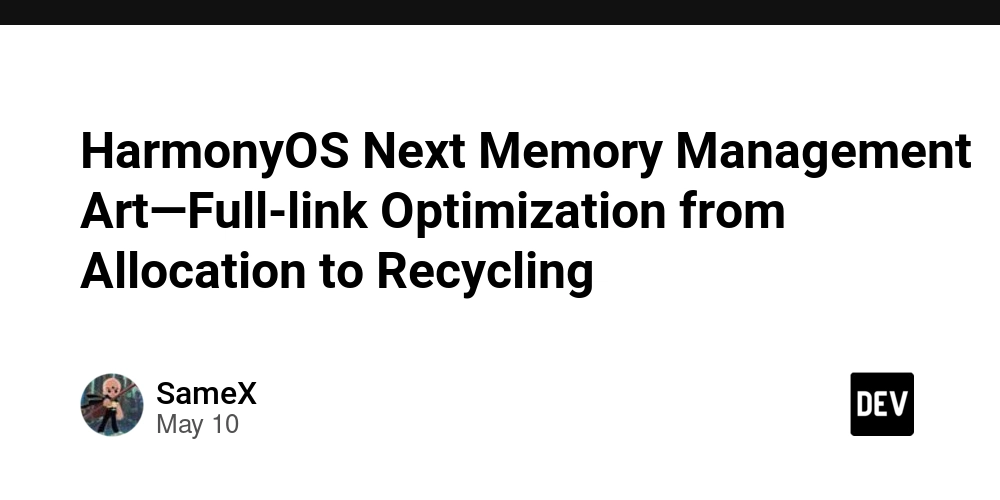
This article aims to deeply explore the technical details of Huawei HarmonyOS Next system and summarize them based on actual development practices.
Mainly used as a carrier of technology sharing and communication, it is inevitable to miss mistakes. All colleagues are welcome to put forward valuable opinions and questions in order to make common progress.
This article is original content, and any form of reprinting must indicate the source and original author.
Memory management is like urban traffic planning - poor design can cause the system to fall into a "congestion".In the smart cockpit project of HarmonyOS Next, we reduced the OOM incidence to zero through full-link memory optimization of Cangjie language.Below we share the practical essence of this memory management system.
1. Distributor design philosophy
1.1 Graded Memory Pool Policy
graph TB
A[Assignment Request] --> B{size ≤ 64B?}
B -->|Yes| C[tiny object pool]
B -->|No| D{size ≤ 4KB?}
D -->|Yes|E[General object pool]
D -->|No| F[Direct allocation of large memory]
Performance comparison (assignment operation):
| Allocation Type | Average Time (ns) | Fragment Rate |
|--------------|-------------|--------|
| Traditional malloc | 85 | 15% |
| Cangjie Distributor | 12 | 3% |
1.2 Thread local cache
class ThreadCache {
@ThreadLocal // Each thread is independent of instance
static var instance: ThreadCache
var tinyBlocks: [SizeClass: FreeList]
}
// Use example
let buffer = ThreadCache.instance.alloc(size: 32)
Optimization effect:
- Thread competition reduced by 90%
- The allocation path is shortened from 17 instructions to 5
- In the vehicle system, the allocation delay is reduced from 210ns to 45ns
2. Evolution of recycling mechanism
2.1 Generation Collection Strategy
// Example of age statistics
struct ObjectHeader {
var age: UInt8 // Number of GCs experienced
var marked: Bool
}
// Promotion conditions
if object.age > 3 {
oldGen.add(object)
}
Configuration suggestions for each generation:
| Generation Zone | Proportion | Recycling Frequency | Algorithm |
|--------|-------|----------|------------|
| The New Generation | 30% | High | Copy |
| Older Years | 70% | Low | Tags - Organized |
2.2 Parallel Markup Optimization
func mark() {
parallelFor(roots) { root in
let queue = WorkStealingQueue()
queue.push(root)
while !queue.empty {
let obj = queue.pop()
obj.mark()
obj.fields.forEach { queue.push($0) }
}
}
}
Multi-core scalability test:
| Number of cores | Tag Throughput (MB/s) |
|--------|------------------|
| 1 | 125 |
| 4 | 480 |
| 8 | 920 |
3. Practical Tuning Guide
3.1 Memory pool configuration
// Start parameter configuration example
memory_pool_config = {
"tiny_classes": [8,16,32,64],
"small_classes": [128,256,512,1024],
"large_threshold": 4096
}
Typical Scenario Configuration:
| Scenario | Micro-class configuration | Small object threshold |
|--------------|------------------|------------|
| Embedded GUI | 8-64B (8 steps) | 256B |
| Distributed Computing | 16-128B (16 Steps) | 512B |
3.2 GC Triggering Policy
// Dynamic threshold adjustment algorithm
func shouldGC() -> Bool {
let usage = currentUsage()
let growth = usage - lastUsage
return usage > baseThreshold * (1 + growthFactor * growth)
}
Tuning parameter matrix:
| Parameters | Influence Range | Recommended Value |
|----------------|------------------|-------------|
| Initial heap size | Startup performance | Physical memory 1/4 |
| Growth factor | GC frequency | 1.5-2.0 |
| Maximum pause target | Response delay | 5ms |
Lessons from blood and tears: In the smart home gateway project, we have caused frequent GC due to oversetting max_heap_size.Finally, I found that the memory is like oxygen - too much or too little will suffocate the system, and maintaining a utilization rate of 60%-70% is the best balance point.










































































































































































![[The AI Show Episode 146]: Rise of “AI-First” Companies, AI Job Disruption, GPT-4o Update Gets Rolled Back, How Big Consulting Firms Use AI, and Meta AI App](https://www.marketingaiinstitute.com/hubfs/ep%20146%20cover.png)











































































































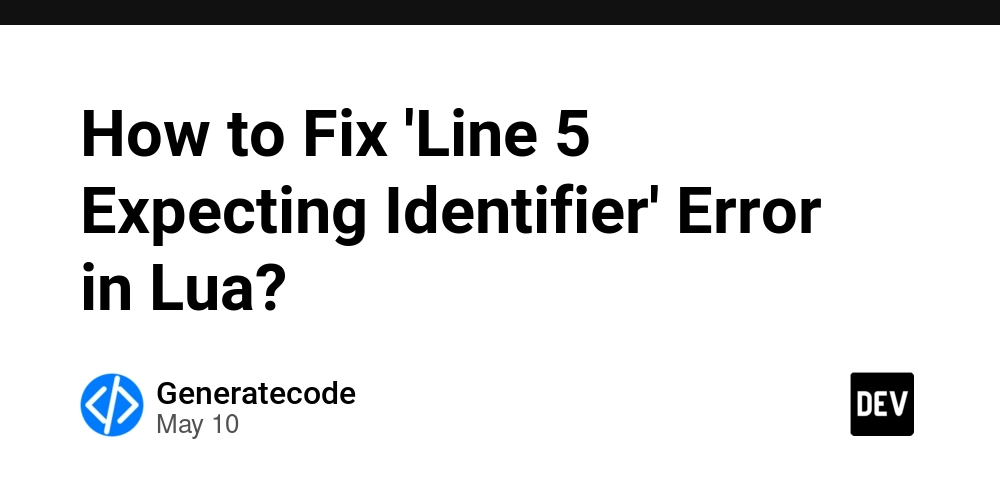
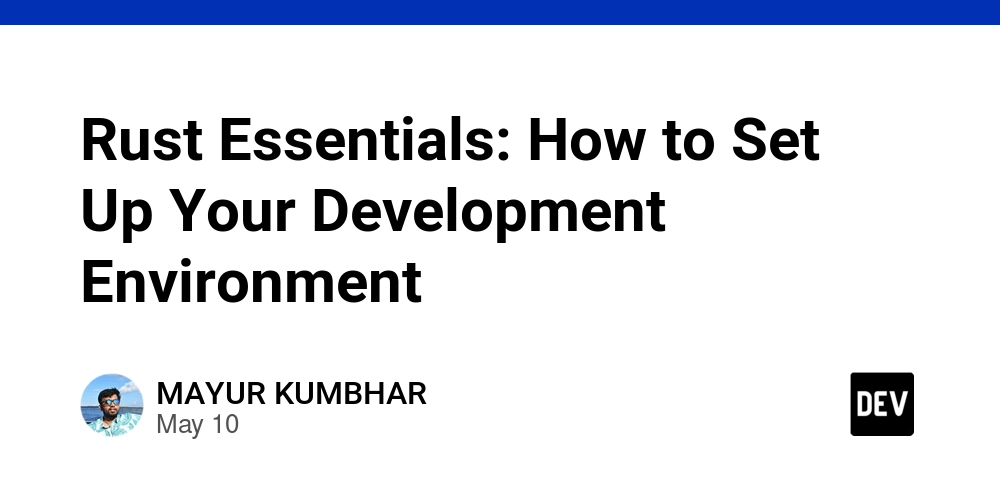














![[FREE EBOOKS] Offensive Security Using Python, Learn Computer Forensics — 2nd edition & Four More Best Selling Titles](https://www.javacodegeeks.com/wp-content/uploads/2012/12/jcg-logo.jpg)



![Ditching a Microsoft Job to Enter Startup Purgatory with Lonewolf Engineer Sam Crombie [Podcast #171]](https://cdn.hashnode.com/res/hashnode/image/upload/v1746753508177/0cd57f66-fdb0-4972-b285-1443a7db39fc.png?#)




























































.jpg?width=1920&height=1920&fit=bounds&quality=70&format=jpg&auto=webp#)
































































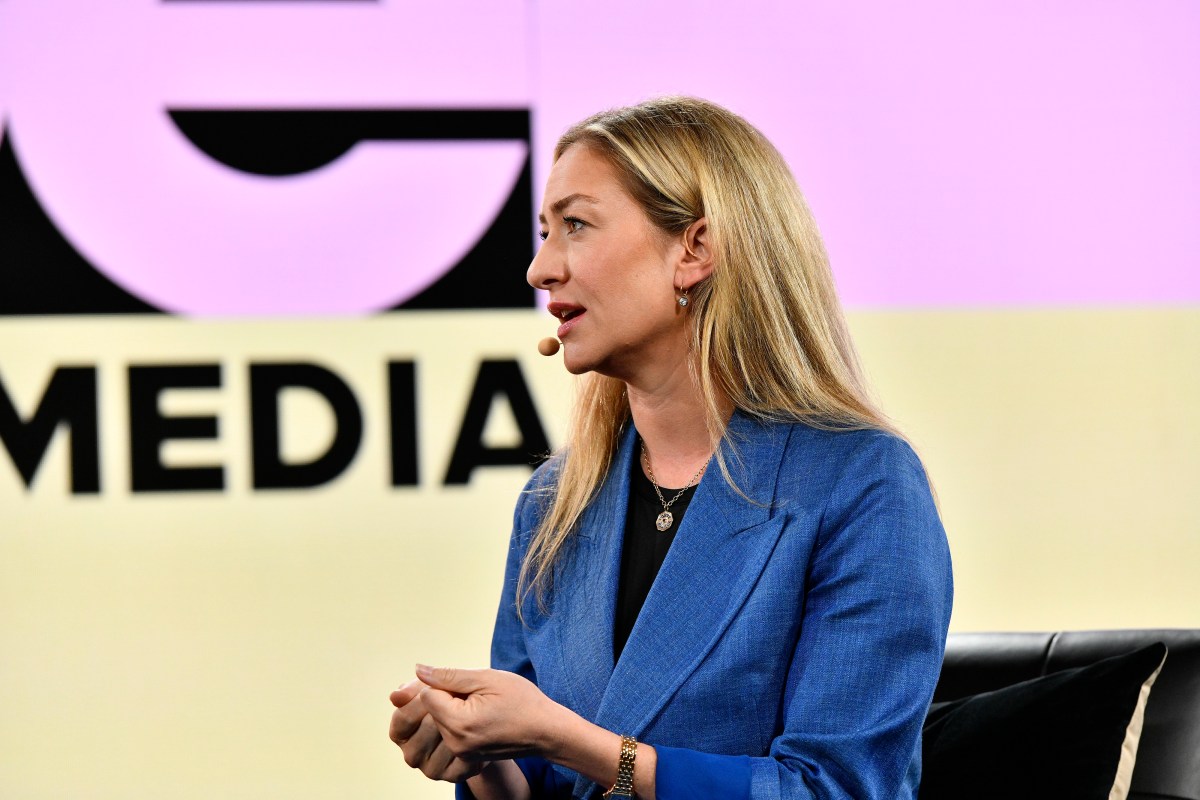


![[Exclusive] Infinix GT DynaVue: a Prototype that could change everything!](https://www.gizchina.com/wp-content/uploads/images/2025/05/Screen-Shot-2025-05-10-at-16.07.40-PM-copy.png)
























































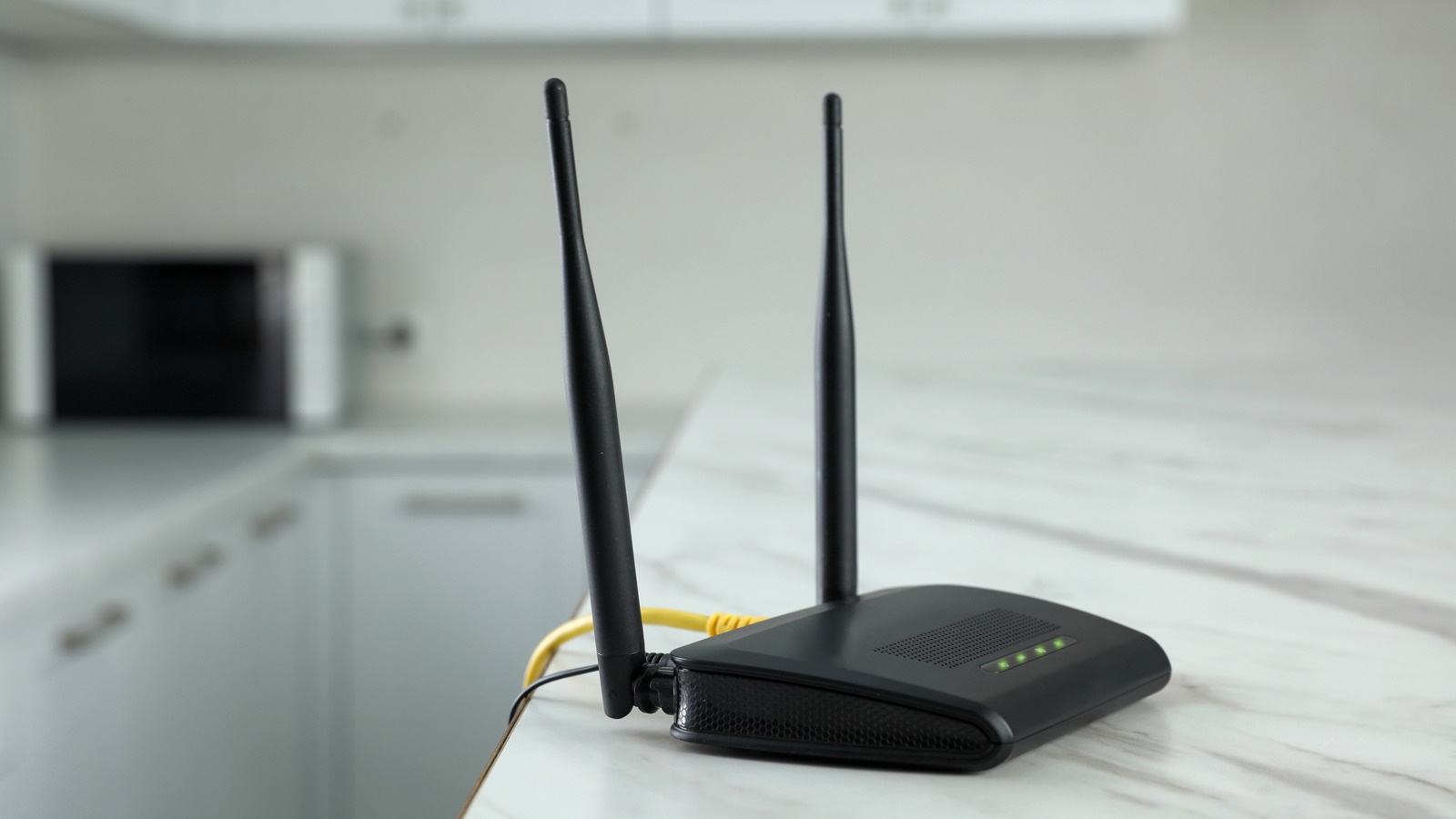







































-xl.jpg)



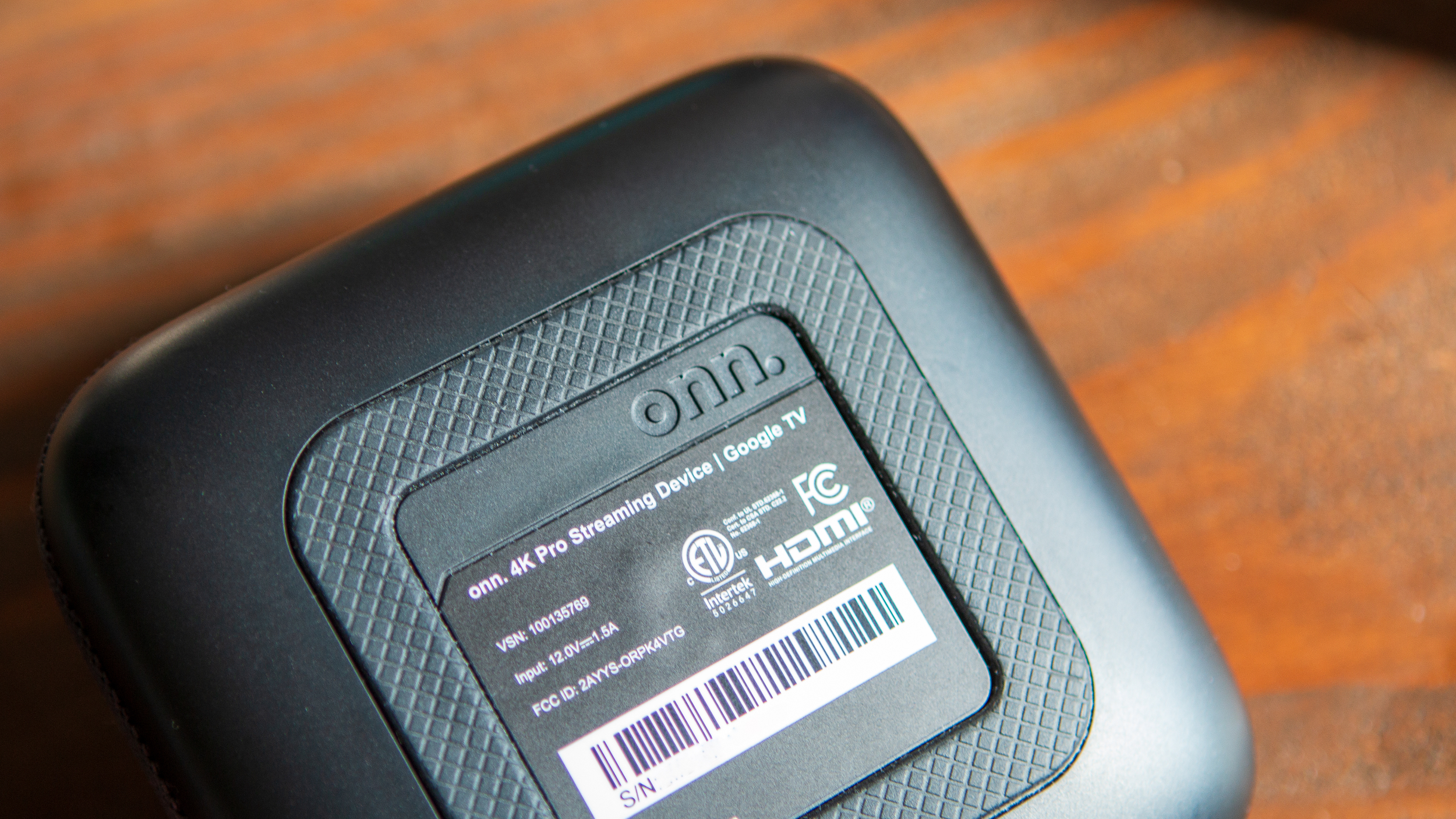
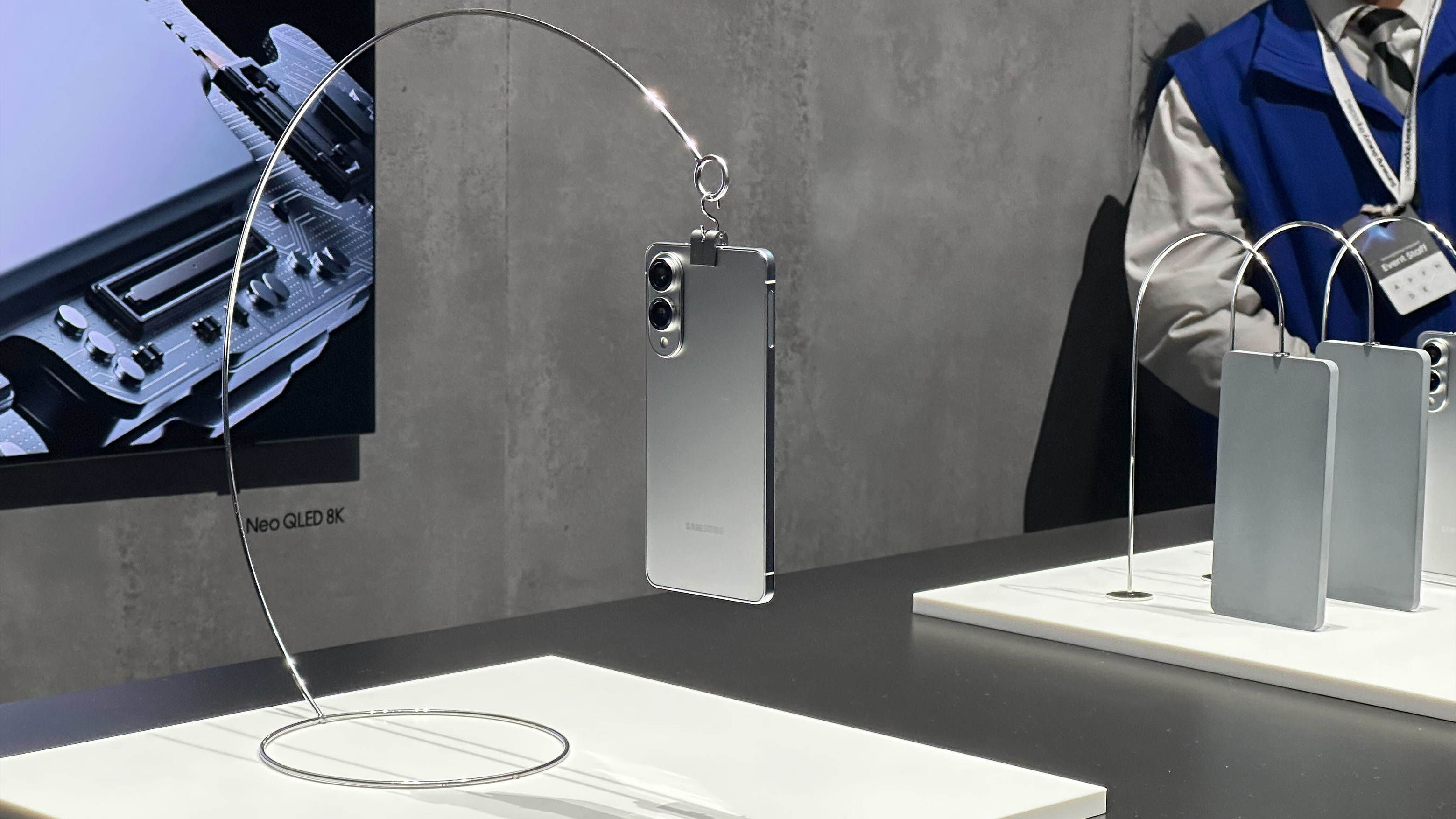
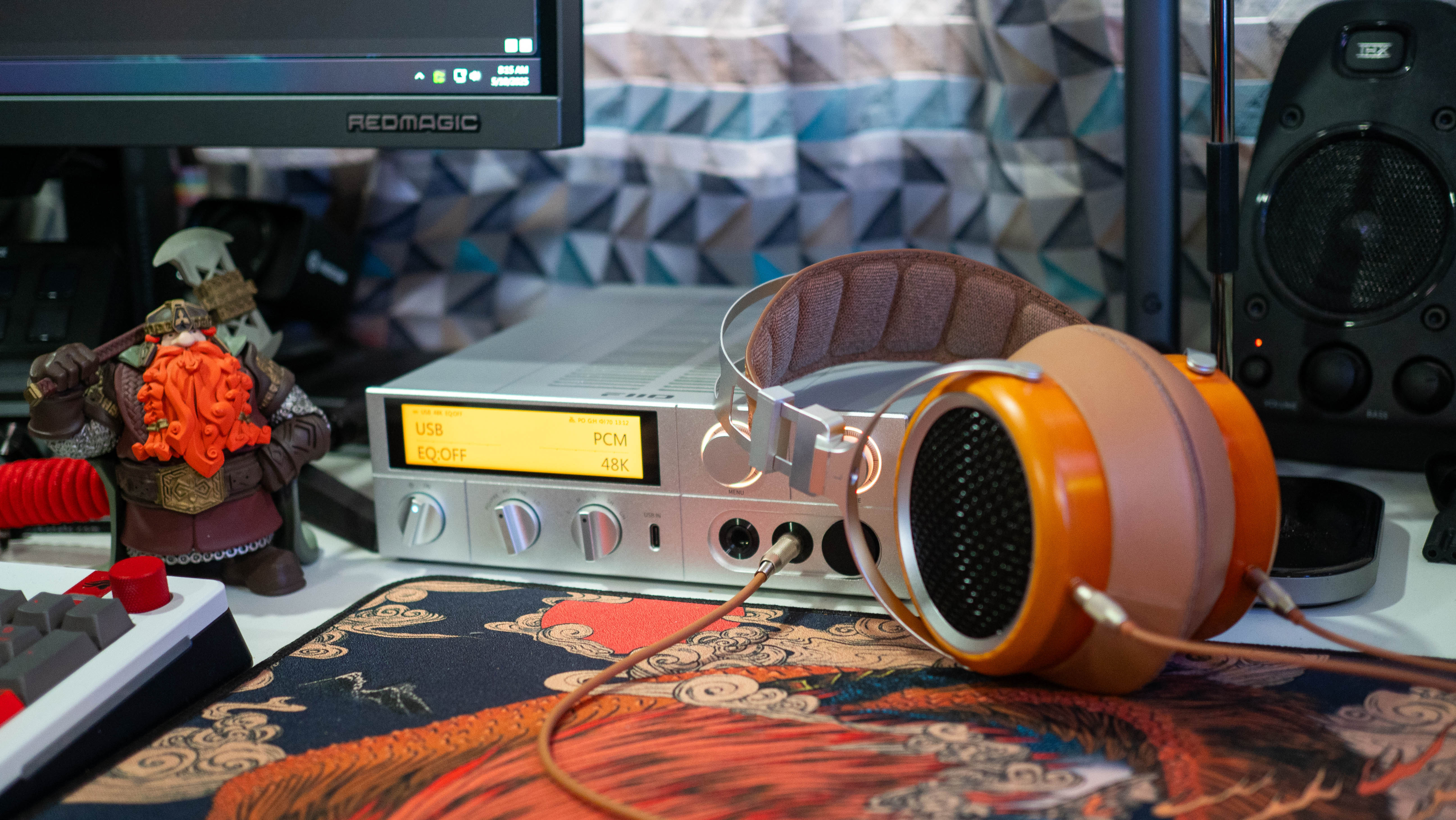
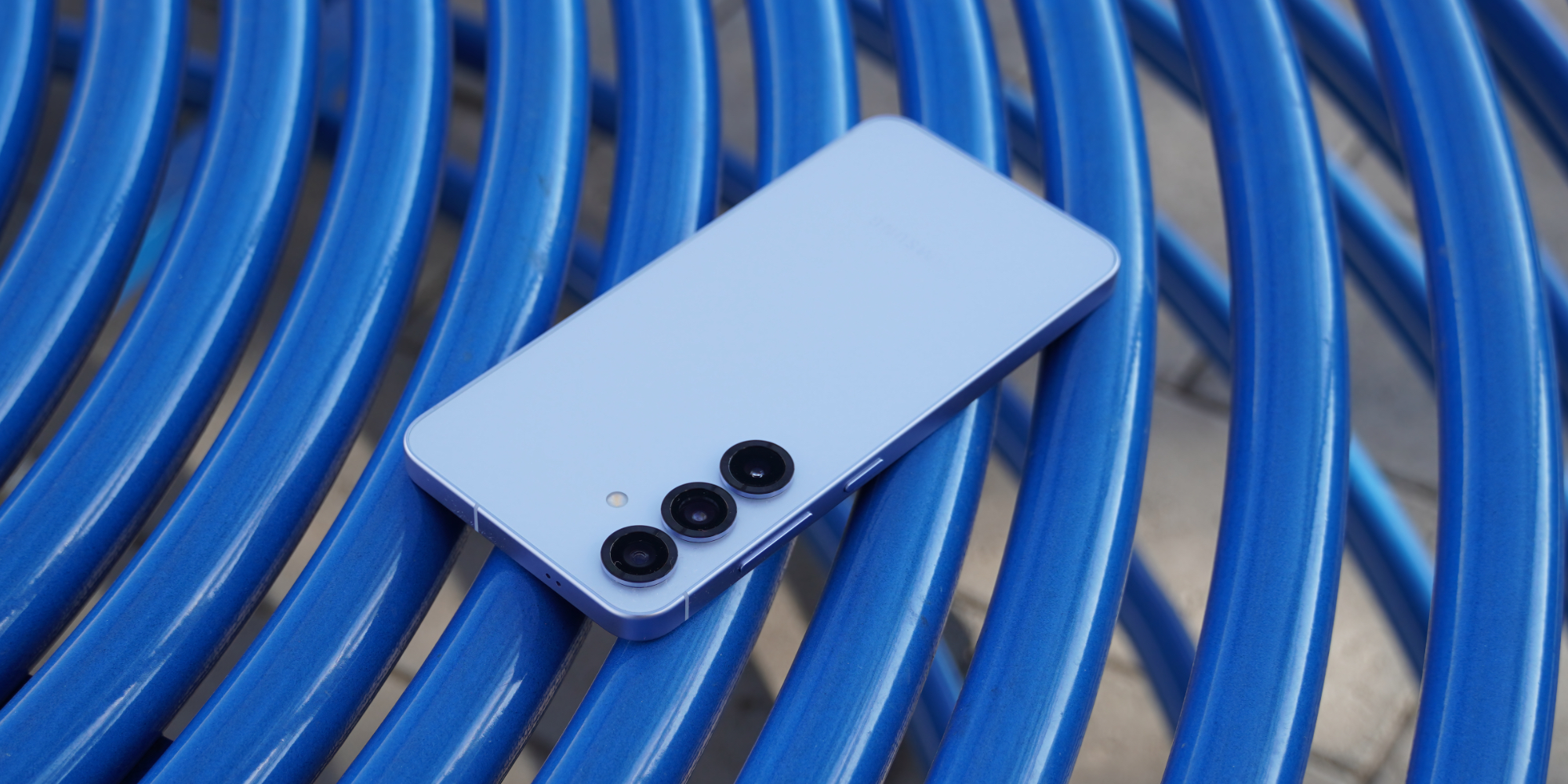





















![New iPad 11 (A16) On Sale for Just $277.78! [Lowest Price Ever]](https://www.iclarified.com/images/news/97273/97273/97273-640.jpg)

![Apple Foldable iPhone to Feature New Display Tech, 19% Thinner Panel [Rumor]](https://www.iclarified.com/images/news/97271/97271/97271-640.jpg)































































































